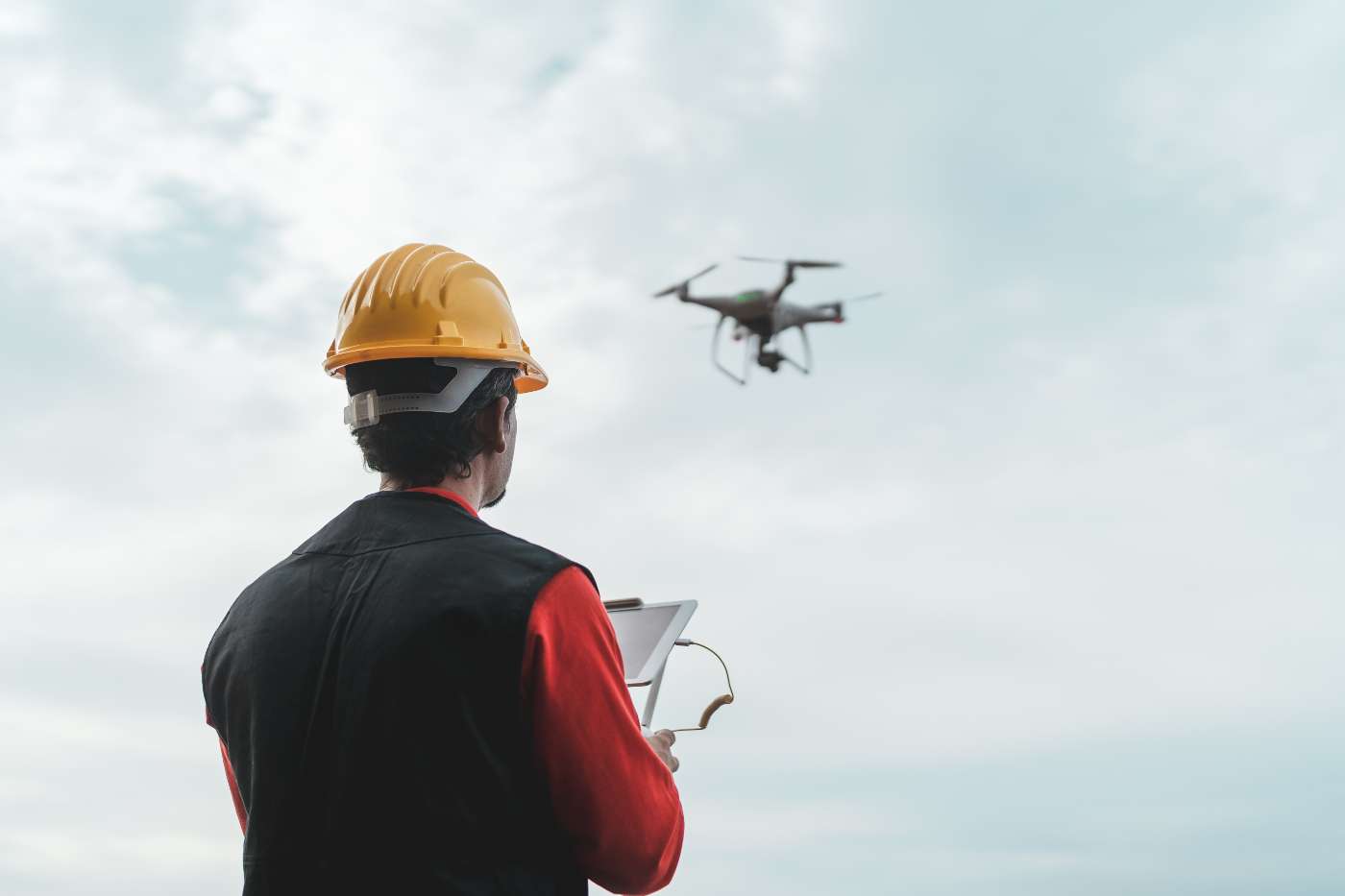Civil construction projects can be complex, with multiple stakeholders, tight schedules, and budgets to manage. As a result, civil contractors must continually improve their efficiency and quality to deliver a project that meets or exceeds expectations. This blog will explore nine innovative techniques that civil contractors use to achieve this goal.
- Building Information Modeling (BIM)
Building Information Modeling, or BIM, is a digital representation of a construction project that includes 3D models, schedules, and cost estimates. BIM can help civil contractors streamline the design and construction process, reducing the risk of errors and rework. BIM software can also simulate various scenarios, allowing contractors to test the feasibility of different design options and make more informed decisions.
- Drones
Drones have become a more common tool in civil construction projects. They can be utilized to gather aerial footage and images of the construction site, providing valuable data and insights. Drones are additionally helpful for surveying the site and producing 3D maps and models that can be used to plan the project better. By using drones, civil contractors can save time, reduce costs, and improve safety by reducing the need for workers to be present on the site.
- Prefabrication
Prefabrication involves manufacturing components of a building or structure in a factory before assembling them on-site. This technique can help civil contractors save time and money by minimizing the amount of work that needs to be done on-site. Prefabrication can also improve the quality of the components, as they are manufactured in a controlled environment with consistent quality standards.
- Augmented Reality (AR)
Augmented Reality, or AR, overlaps digital information on the physical world. For example, AR can be used in civil construction projects to provide workers real-time data and guidance, such as 3D models, measurements, and instructions. AR can also be used to visualize the finished project, allowing stakeholders to see the final result before construction begins.
- Lean Construction
Lean Construction is an approach to project management that focuses on minimizing waste and maximizing value. Lean Construction techniques include Just-In-Time delivery of materials and equipment, continuous improvement, and stakeholder collaboration. By adopting Lean Construction principles, civil contractors can reduce costs, improve project efficiency, and increase the quality of the finished product.
- 3D printing
The procedure of creating three-dimensional objects from a digital model is known as 3D printing. In civil construction projects, 3D printing can generate complex shapes and components that would be challenging or impossible to produce via traditional methods. 3D printing additionally helps minimize waste by utilizing only the material necessary to make the component and shortening the manufacturing time.
- Virtual Reality (VR)
Virtual Reality, or VR, is a computer-generated simulation of a three-dimensional environment. VR can be used in civil construction projects to create immersive simulations of the project, allowing stakeholders to explore the site and interact with the design in a virtual environment. VR can also identify and resolve design issues before construction begins, reducing the risk of errors and rework.
- Internet of Things (IoT)
The Internet of Things, or IoT, involves connecting devices and equipment to the internet to gather data and automate processes. IoT can be used in civil construction projects to monitor equipment and materials, track progress, and improve safety. For example, sensors can be installed in concrete to monitor the curing process and ensure it is proceeding as planned. IoT can also monitor worker safety by tracking their location and movements on the construction site.
- Artificial Intelligence (AI)
Artificial intelligence, or AI, involves using computer algorithms to analyze data and make decisions. AI can be used in civil construction projects to optimize scheduling, manage resources, and identify potential issues before they become problems. For example, AI can analyze weather data and adjust the project schedule to avoid delays caused by inclement weather. AI can also monitor equipment performance and predict when maintenance will be required, reducing the risk of downtime and costly repairs.
In conclusion, civil contractors constantly seek innovative techniques to improve project efficiency and quality. Building Information Modeling, drones, prefabrication, Augmented Reality, Lean Construction, 3D printing, and Virtual Reality are just a few examples of the tools and techniques used to achieve this goal. By adopting these techniques and staying up-to-date with the latest developments in the industry, civil contractors can deliver projects that meet or exceed expectations and remain competitive in a rapidly changing market.

